As the only component on your car that actually makes contact with the road surface, tyres are critical for safety when driving. In this comprehensive guide, we outline everything you need to know about car tyres, from reading and setting pressures to working out what size tyres you need. Following the advice laid out here will save you money, minimise hassle and - most importantly - keep yourself and others safe out on the road.
What are tyre speed ratings?
A tyre speed rating is the maximum speed a particular tyre is legally approved for. The rating is represented by a letter displayed on the tyre sidewall. It will always be the last letter in the sequence. If the sidewall reads 205/55 R16 W 91, for instance, the speed rating is W. Each letter has a corresponding maximum speed, so in the case of a tyre with a W speed rating, that tyre is approved for speeds up to 168mph.
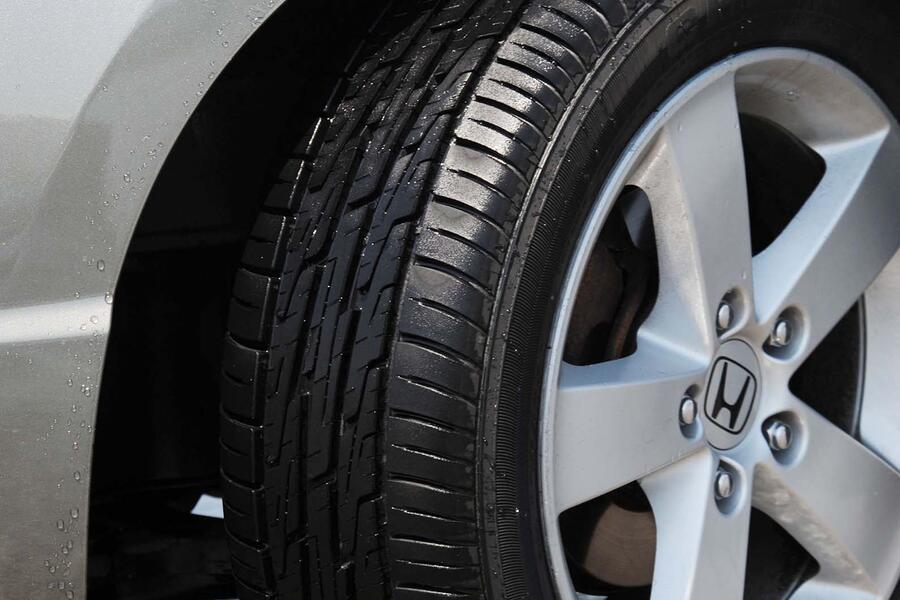
For safety reasons, it’s important your car’s top speed does not exceed the tyre’s speed rating. A full list is shown below.
N - 87mph
P - 93mph
Q - 99mph
R - 106mph
S - 112mph
T - 118mph
U - 124mph
H - 130mph
V - 149mph
Z - 150mph+
W - 168mph
Y - 186mph
What is the UK legal tyre limit?

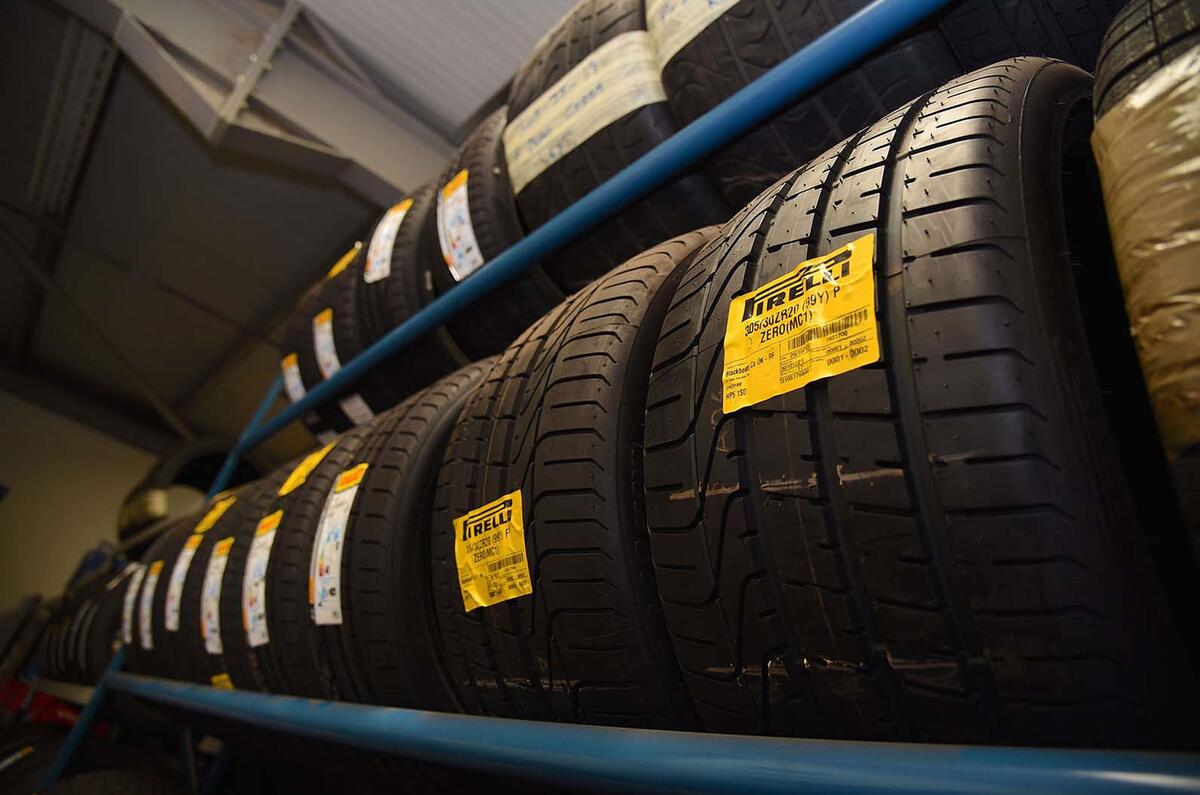

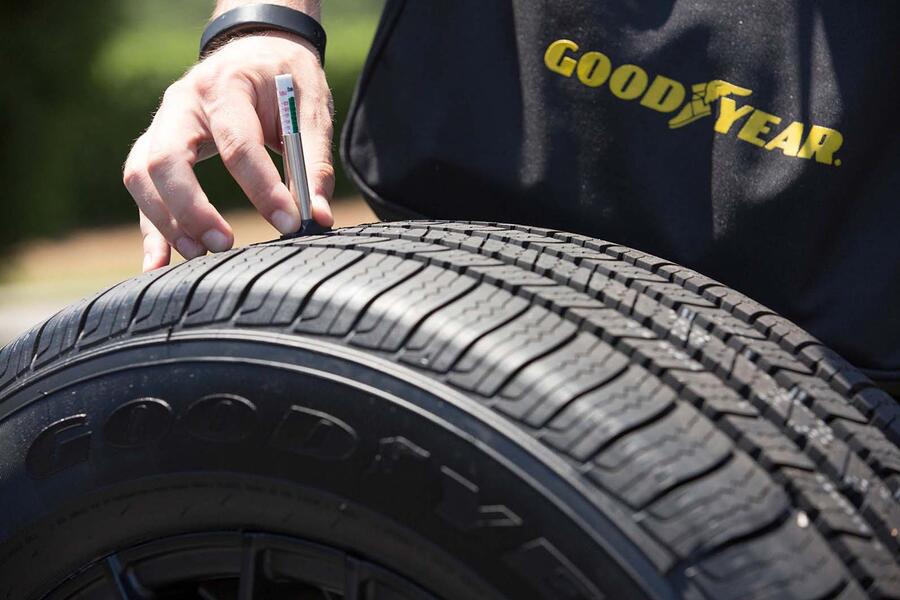
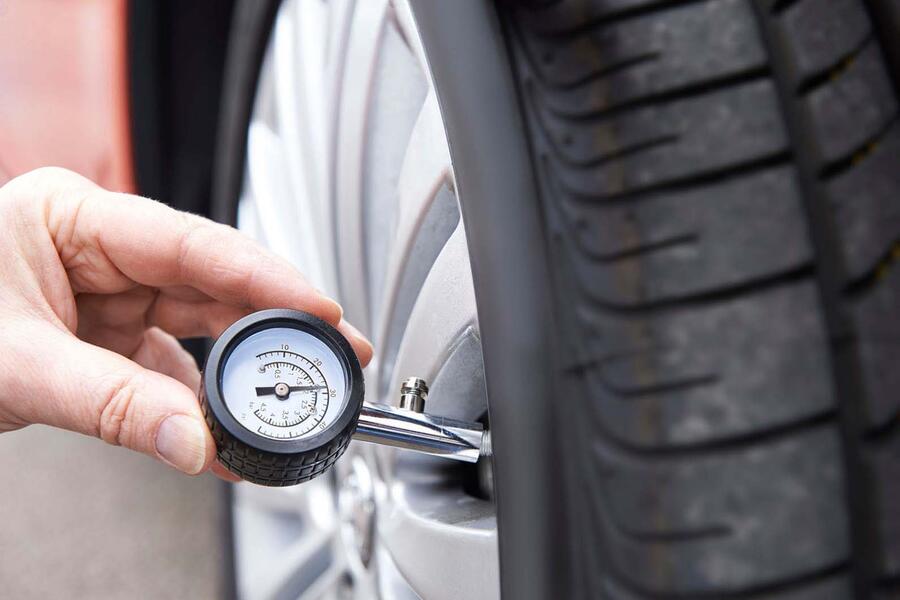
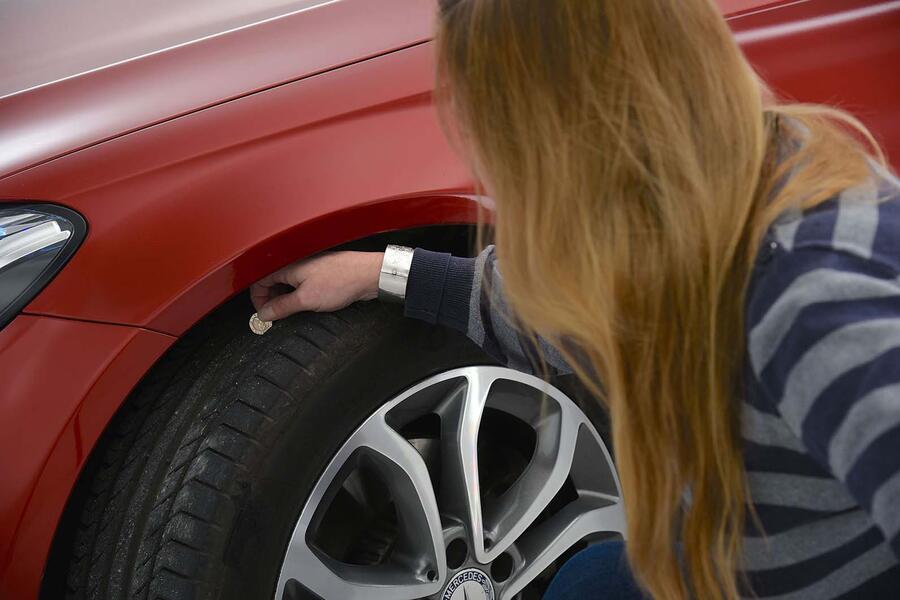
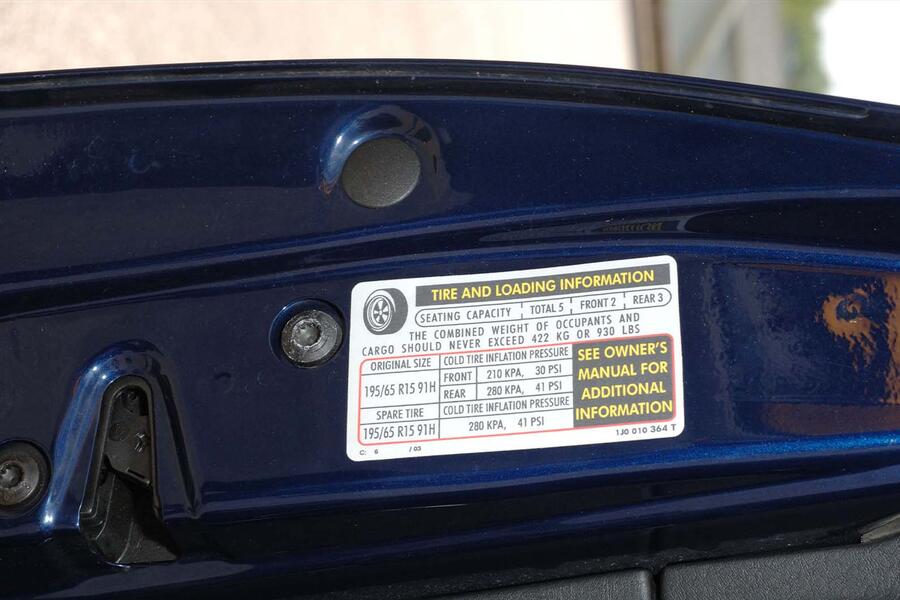
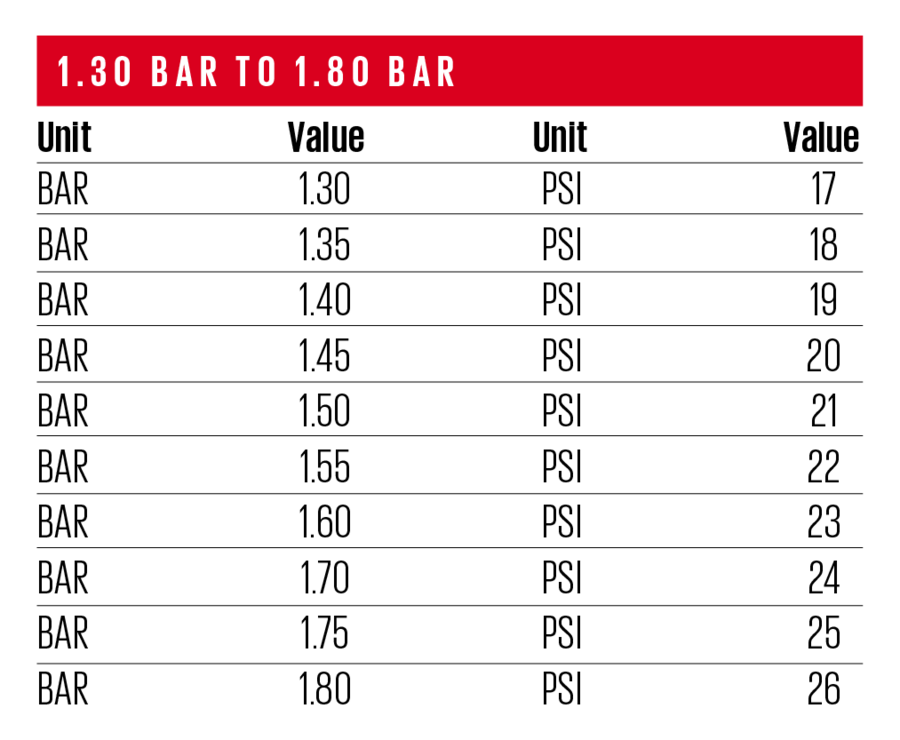
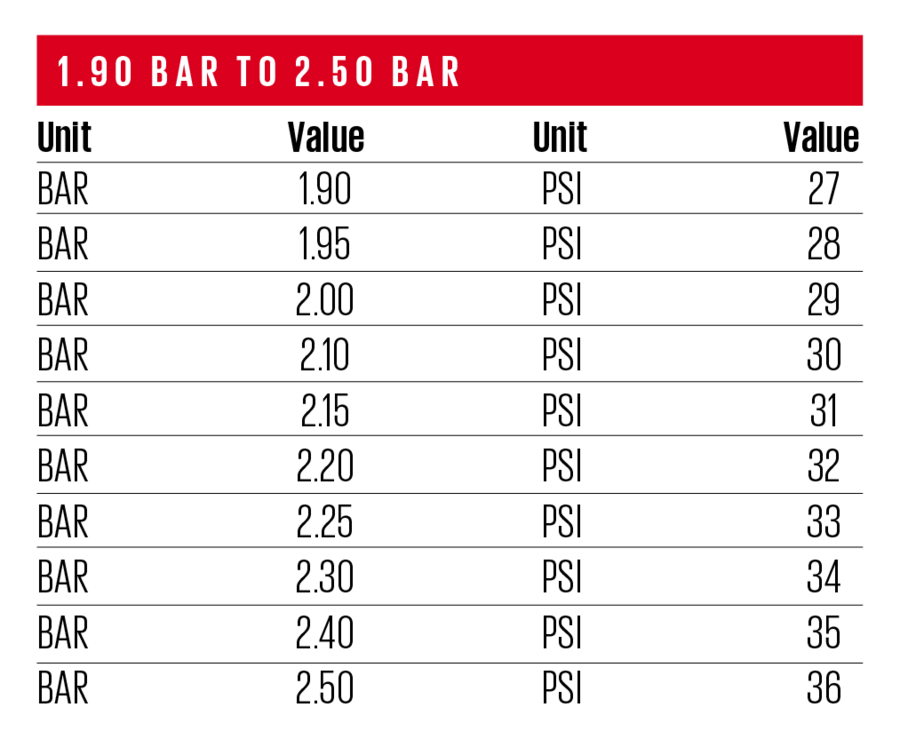
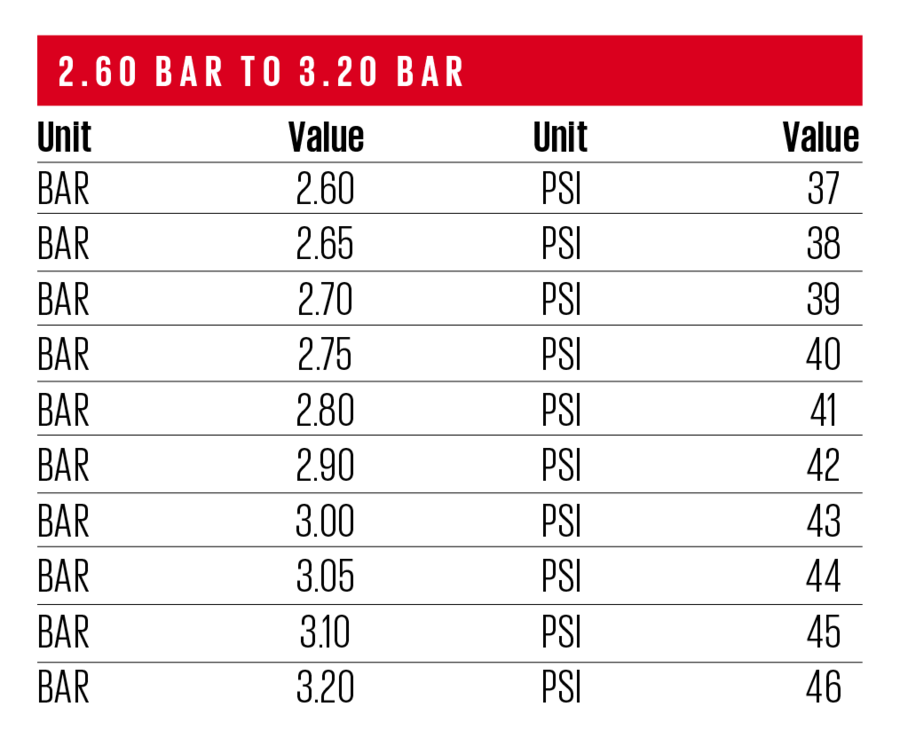
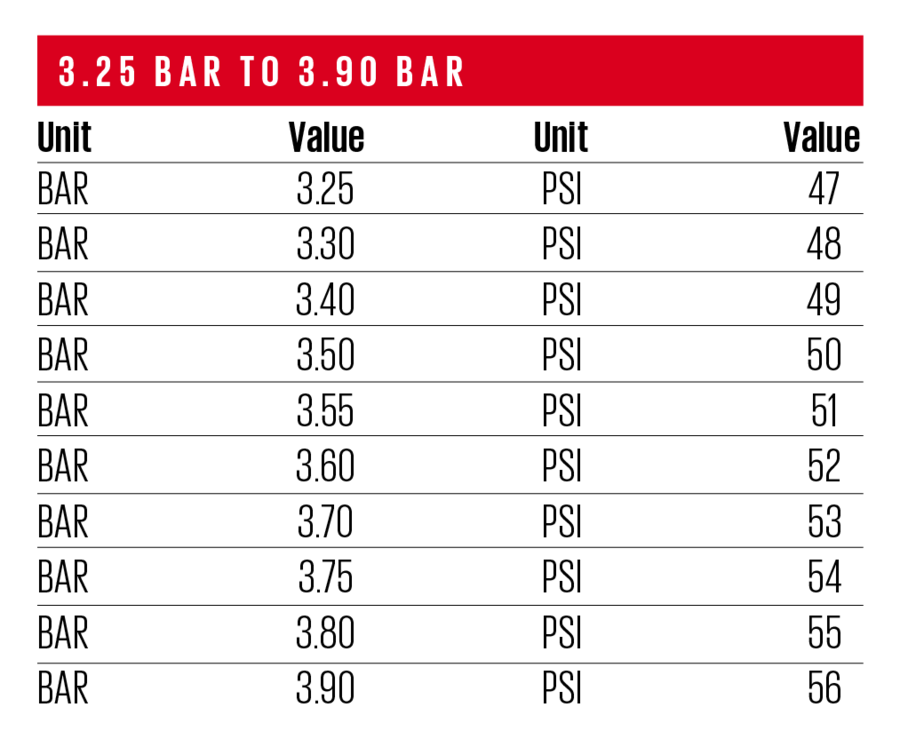
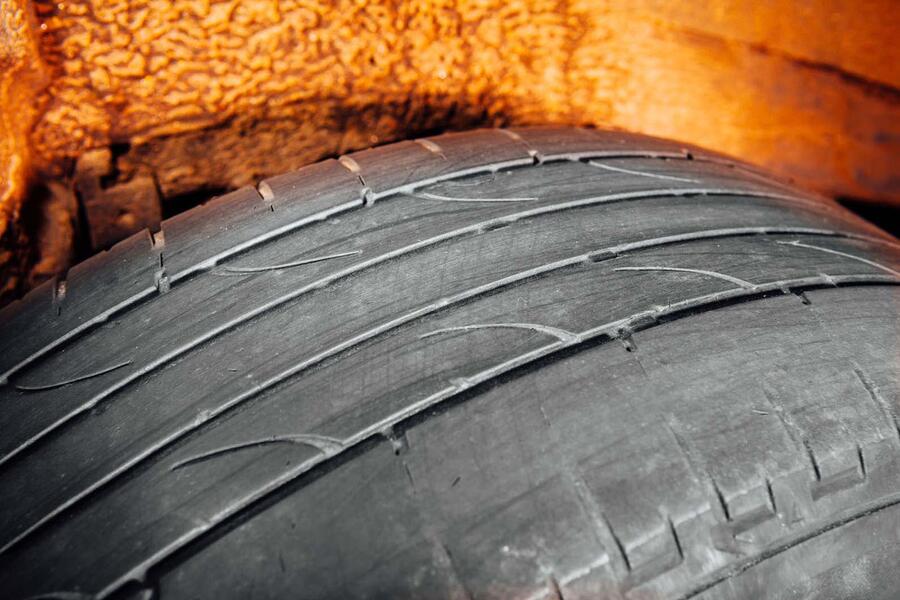
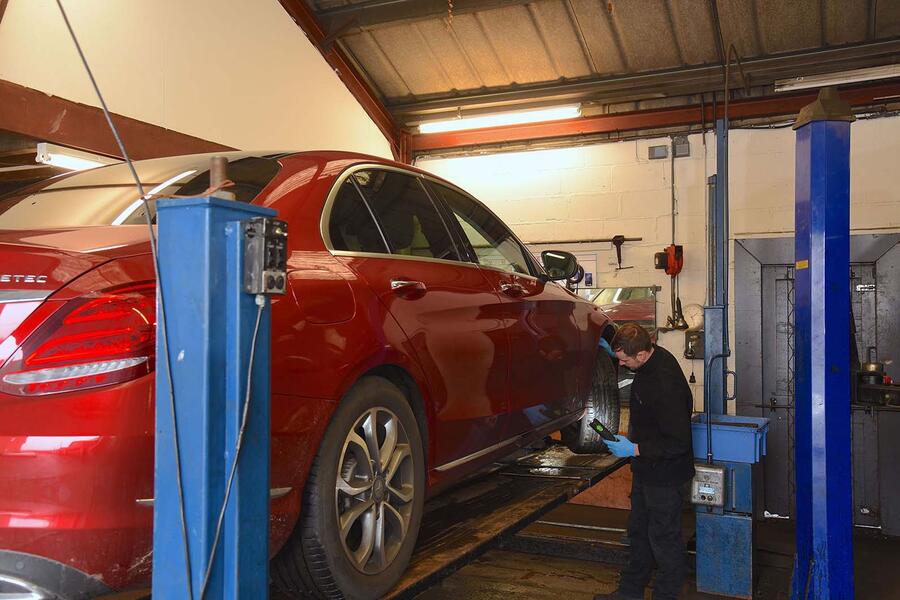 It’s impossible to say how long a tyre should last because there are so many variables - the type of car they’re fitted to, the type of driving you mostly do and your driving style are just three factors. What’s more, a high-performance tyre will have a much shorter life than a low rolling resistance tyre.
It’s impossible to say how long a tyre should last because there are so many variables - the type of car they’re fitted to, the type of driving you mostly do and your driving style are just three factors. What’s more, a high-performance tyre will have a much shorter life than a low rolling resistance tyre. 


Join the debate
Add your comment
to the point information .. keep it up
Alliance Motors & Body Repairs
direct tpms
Not cheap to replace the sensors, can and do eventually leak from their 0-ring seals (slow puncture that's leaking from the valve), and can have corroded threads that the tyre shop can't get loose. There's also different types of the sensors, as they're made by different companies
Date Codes
Should have been included in the article, but you can tell the age of a tyre from the date code stamped on the sidewall. This is a 4-digit number in an oval border where the first two digits are the week it was made and the last two digits the year, so e.g. 4219 would be the 42nd week of 2019.